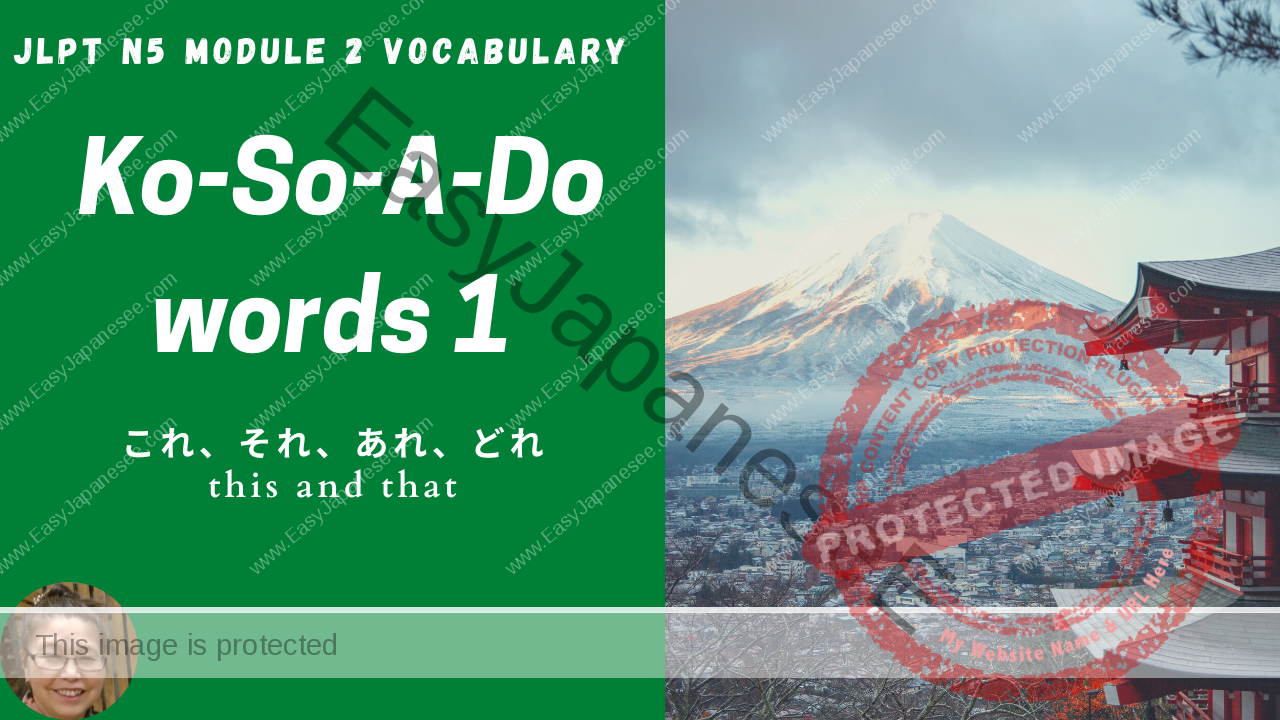A while ago, I made a video about 「こそあど」ことば (Ko_So_A_Do words) and put it up in YouTube.
I was concentrating more on explaining the differences among こ, そ, あ and ど, a few people later asked me about the difference between この and これ. So today, I am going to talk about that.
In English, この and これ are both translated as “this”.
この本はおもしろいです。(This book is interesting.)
これはおもしろい本です。(This is an interesting book.)
The “this” in the first sentence is used in front of a noun “book” and its Japanese equivalent この is a “prenoun adjectival” about which I talked about the other day under the heading of 大きな家と大きい家. “Prenoun adjectvals” cannot be used on their own. They always need a noun afterwards (that’s why it is called “Pre-noun …”).
On the other hand, the “this” (これ)in the second sentence is a pronoun, which can be used alone without a noun afterwards.

